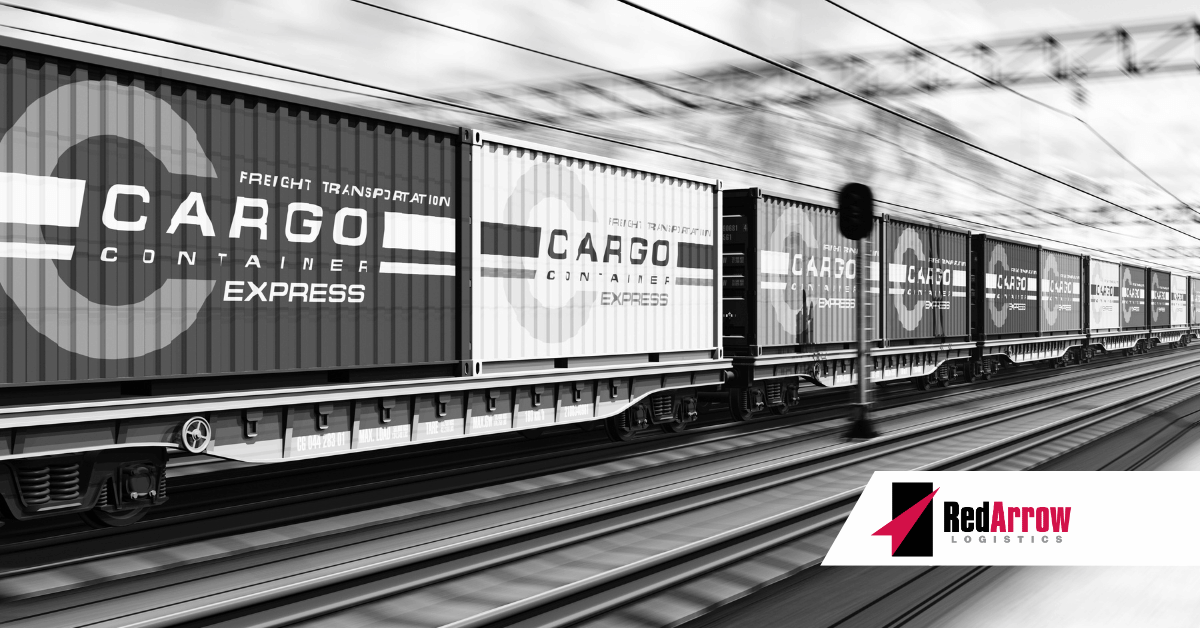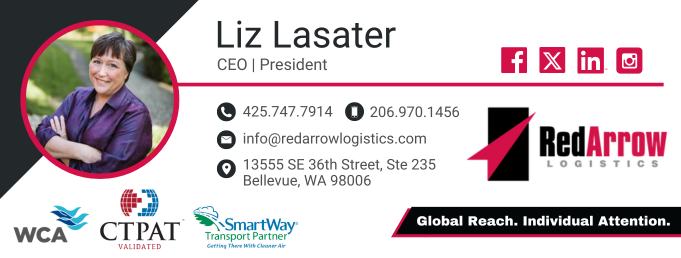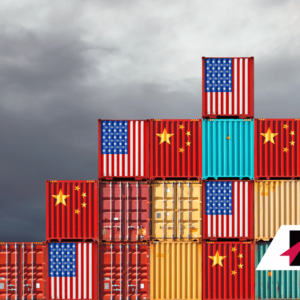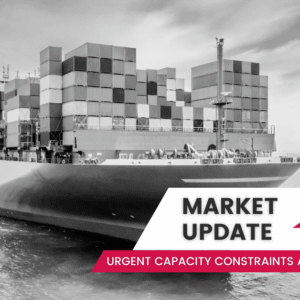In today’s fast-paced logistics landscape, businesses are under constant pressure to reduce costs, improve delivery times, and maintain reliability. Intermodal freight, combining multiple modes of transportation like rail, truck, and sometimes ocean or air, offers a powerful solution for shippers looking to balance these demands. However, unlocking the full potential of intermodal shipping requires a strategic approach.
At Red Arrow Logistics, we’ve seen firsthand how an optimized intermodal freight strategy can transform supply chains. Here are key steps to maximize efficiency in your intermodal operations.
1. Plan Routes Strategically
Effective intermodal freight starts with intelligent route planning. By leveraging rail for long-haul segments and trucks for first- and last-mile delivery, you can capitalize on the cost-effectiveness of rail while maintaining the flexibility of trucking.
To optimize routes:
- Analyze transit times and costs: Use transportation management systems (TMS) to compare routes based on total cost, delivery deadlines, and carrier reliability.
- Consolidate shipments: Combine smaller loads into full container loads (FCL) to reduce per-unit costs and minimize handling.
- Consider intermodal hubs: Choose routes that align with major rail hubs to streamline transfers and reduce delays.
2. Select the Right Carriers and Partners
The success of your intermodal strategy hinges on the quality of your carriers and logistics providers. Not all carriers are equipped to handle seamless transitions between modes, so prioritize those with:
- Proven intermodal expertise: Look for carriers with established networks and experience in coordinating rail and truck movements.
- Reliable equipment: Ensure carriers have access to well-maintained containers, chassis, and drayage trucks to avoid bottlenecks.
- Strong communication: Choose partners who provide real-time updates and proactive issue resolution to keep your shipments on track.
3. Leverage Technology for Visibility and Control
Technology is a game-changer in intermodal freight. Real-time visibility and data-driven insights allow you to monitor shipments, anticipate disruptions, and make informed decisions.
Key tools include:
- Transportation Management Systems (TMS): A TMS integrates data from all modes, providing a single platform to track shipments, optimize routes, and manage costs.
- Real-time tracking: GPS and IoT-enabled devices offer end-to-end visibility, so you know exactly where your freight is at all times.
- Predictive analytics: Use data to forecast demand, identify potential delays, and adjust plans proactively.
For example, Red Arrow Logistics uses advanced TMS solutions to provide clients with real-time updates and actionable insights, minimizing surprises and maximizing efficiency.
4. Streamline Documentation and Compliance
Intermodal freight often involves multiple carriers and jurisdictions, which can complicate documentation and compliance.
To avoid delays:
- Centralize documentation: Use digital platforms to manage bills of lading, customs forms, and other paperwork in one place.
- Stay compliant: Ensure all carriers adhere to regulations like weight limits, hazardous materials rules, and cross-border requirements.
- Automate processes: Implement electronic data interchange (EDI) to speed up information sharing between carriers and shippers.
5. Monitor and Optimize Continuously
Optimization is not a one-time task; it’s an ongoing process. Regularly evaluate your intermodal strategy to identify areas for improvement:
- Track KPIs: Monitor metrics like on-time delivery rates, freight costs per mile, and transfer times to gauge performance.
- Gather feedback: Collaborate with carriers and customers to uncover pain points and opportunities for efficiency gains.
- Adapt to market changes: Stay agile by adjusting routes, carriers, or modes in response to fuel price fluctuations, capacity constraints, or seasonal demand.
By continuously refining your approach, you can maintain a lean, cost-effective intermodal operation that delivers results.
Why Intermodal Freight Matters
Intermodal freight is more than just a cost-saving measure, it’s a strategic advantage. By combining the efficiency of rail with the flexibility of trucking, businesses can achieve significant savings (often 10-20% lower than truckload shipping) while reducing their carbon footprint. In fact, rail transport emits up to 75% less greenhouse gas per ton-mile compared to trucks, making intermodal a win for both your bottom line and the environment.
However, efficiency doesn’t happen by accident. It requires careful planning, reliable partners, and the right technology to execute seamlessly. At Red Arrow Logistics, we specialize in designing intermodal solutions that drive results. Whether you’re shipping cross-country or managing complex international moves, our team is here to help you optimize every step of the process.
Your Trusted Partner
Ready to take your intermodal freight strategy to the next level? Contact Red Arrow Logistics today to learn how we can help you reduce costs, improve reliability, and streamline your supply chain. With our expertise and cutting-edge tools, we’ll ensure your freight moves smarter, faster, and more efficiently.
Red Arrow offers the scale and scope of services including air, ocean, and ground transportation to meet the budget and schedule requirements of the largest and smallest companies alike. If we can be of assistance, please email us at info@redarrowlogistics.com or give us a call at 425-747-7914.





